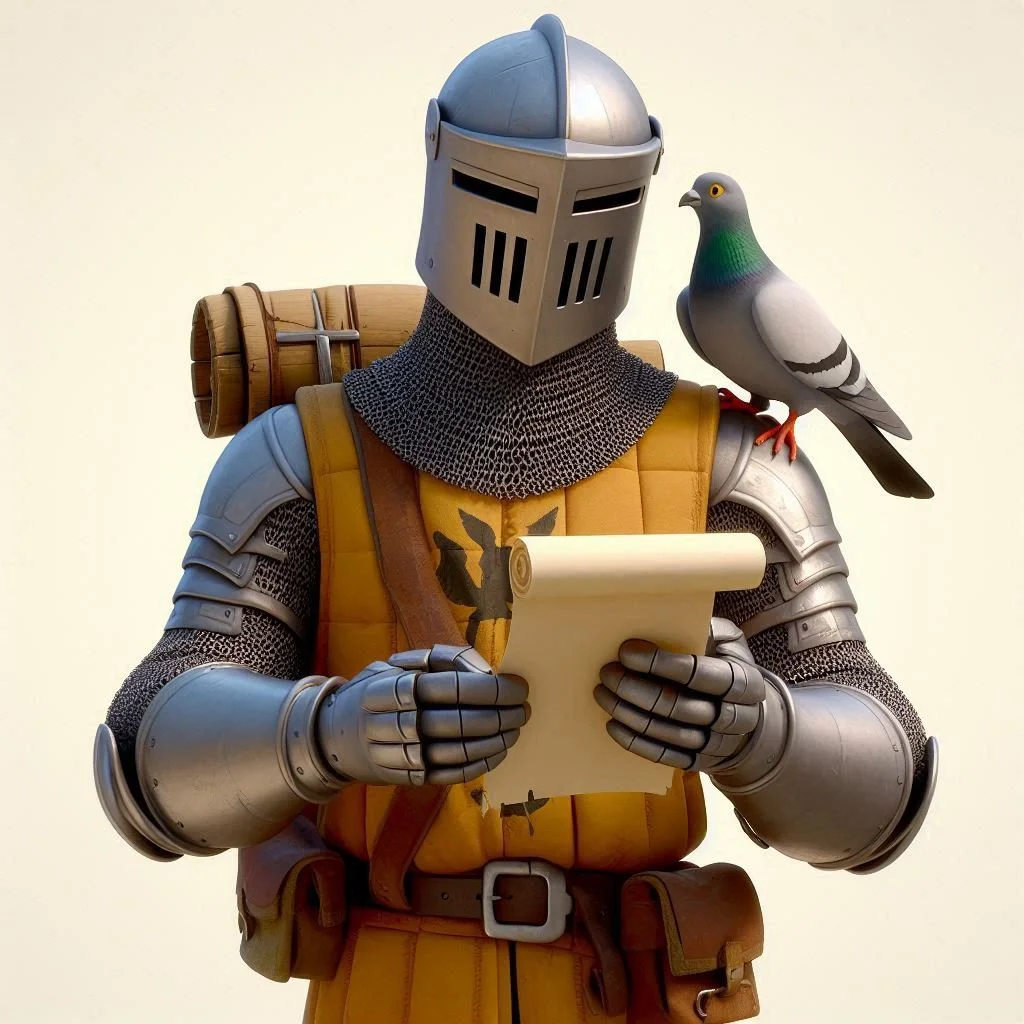The History of the Order of Pendragon
A Legacy Rooted in Myth and Shadow
The origins of the Order of Pendragon trace back to the tumultuous reign of Uther Pendragon, father to the legendary King Arthur. Long before the advent of modern intelligence agencies, there existed a secretive cabal of “spy masters” in service to the British crown. These agents operated behind the veil of courtly affairs, gathering intelligence on political rivals, foreign agents, and looming threats to the realm.
In a time of sword and sorcery, espionage was not the work of knights or noblemen, but of operatives. Young recruits, often no older than ten, were selected for their nimble movements, sharp minds, and ability to move unnoticed through markets, castles, and camps. These child operatives were trained in the arts of listening, deception, and disguise, tools more potent than any blade.
During the golden age of Camelot, the clandestine service was said to be led by the Saracen knight Sir Palamedes, whose cunning in battle was matched only by his gift for espionage. Under his leadership, the earliest covert missions were carried out, including operations that supported the famed Sir Lancelot. Some even claim that the daring rescue of Queen Guinevere from execution, long attributed solely to Lancelot, was in truth a masterstroke of spycraft orchestrated by the early order.
At the Battle of Camlann, before his death, King Arthur assigned a child, Tom of Warwick, with the sacred mission to preserve the ideals of Camelot and the Round Table. Unbeknownst to Arthur, Tom was actually an operative, assigned by the order of Palamedes, who sided with Lancelot in the civil war to spy on Arthur's forces. Tom was so inspired by the noble King's words that he swore to uphold Camelot’s ideals and they became part of the order going forward.
Though the existence of this order was never officially recorded in royal archives, its influence ran deep beneath the surface of Arthurian legend.
The Formation of the Modern Order
From Myth to Manuscript: The Victorian Codification
For centuries, the traditions of the early spy masters were passed down through whispered stories, secret apprenticeships, and encoded journals. But it was not until the 19th century that these methods were formally documented.
The catalyst came in the form of Dr. John H. Watson, military surgeon, man of letters, and loyal companion to the great detective Sherlock Holmes. Having witnessed firsthand the strategic value of espionage in solving high-stakes cases and preventing international calamities, Watson began compiling a codex of methods, cases, and historical records, including notes on the ancient order said to have operated in Camelot.
Following Holmes’ mysterious disappearance, Watson dedicated the remainder of his life to safeguarding not only his friend’s legacy but the forgotten lore of Sir Palamedes’ organization. His extensive manuscripts laid the groundwork for what became the Order of Pendragon, formally founded during the Victorian era with Watson as its inaugural patron.
The Modern Order
Operating in Silence, Serving in Secret
Today, the Order of Pendragon continues its long and unbroken service to the cause of truth, justice and peace. Its existence remains unknown to the general public, yet its influence has quietly shaped pivotal moments in history.
During the rise of fascism in the 20th century, the Order worked behind enemy lines to support Allied operations and support resistance efforts across Europe. During World War II, Pendragon operatives coordinated with Allied intelligence, infiltrating Axis networks and intercepting crucial communications.
Throughout the Cold War, the Order remained vigilant, operating across both sides of the Iron Curtain to prevent global catastrophe. On more than one occasion, its agents defused volatile standoffs that could have escalated into World War III, acts of heroism that history will never record.
Its agents remain hidden in plain sight, trained from a young age, chosen for their intellect, intuition, and nerve. They serve with no expectation of recognition, only the satisfaction of a mission completed and a world kept safe.


